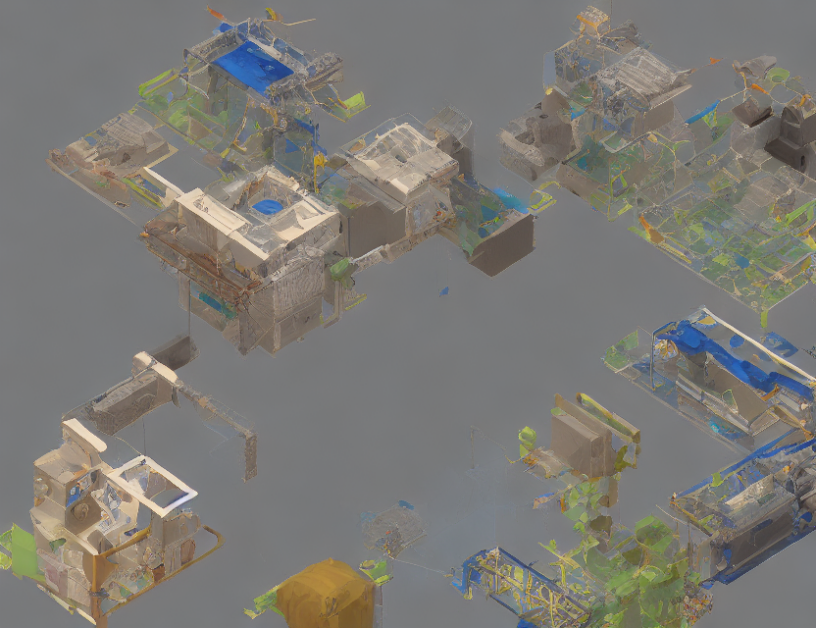In this paper, the authors propose a novel approach to online continual learning, which is crucial for training machine learning models in real-world applications where data and tasks are constantly evolving. The proposed method, called disentangled learning, focuses on learning universal transformations that allow the model to maintain, prune, and expand task-specific knowledge stored in a memory buffer while continuously training the generalization model.
To understand how this works, imagine a magical toolbox with different colored blocks. Each block represents a specific task or data point, and they’re all jumbled together in the box. When we train our machine learning model, it’s like trying to sort these blocks into different categories without looking at their colors. But, as new tasks or data appear, the model needs to learn how to adapt and update its understanding of each block without forgetting what it already knows.
The disentangled learning framework consists of three main modules: an equivariant network that estimates the parameters of a normalization transformation, a normalization module that outputs a standardized version of the input image based on the predicted parameters, and a buffer that stores class-specific exemplars. During training, the model minimizes the loss between the output of the normalization module and the corresponding class exemplar. At test time, it returns the label of the exemplar that is closest to the normalized input.
By learning universal transformations, the model can efficiently accumulate knowledge over time without destructive gradient updates. This separation of task-specific knowledge allows the model to maintain its understanding of each block in the toolbox while continuously adding new ones. In other words, it’s like having different drawers in a magical toolbox for each task, and we can add or remove drawers without affecting the others.
In summary, disentangled learning is an effective approach to online continual learning that enables machine learning models to adapt and learn new tasks while preserving their understanding of previous ones. By separating task-specific knowledge into distinct drawers in a magical toolbox, the model can efficiently accumulate knowledge over time without forgetting what it already knows.
Computer Science, Machine Learning
Flexible Data Creation for Continual Learning: Separating Memory Edits from Model Updates



